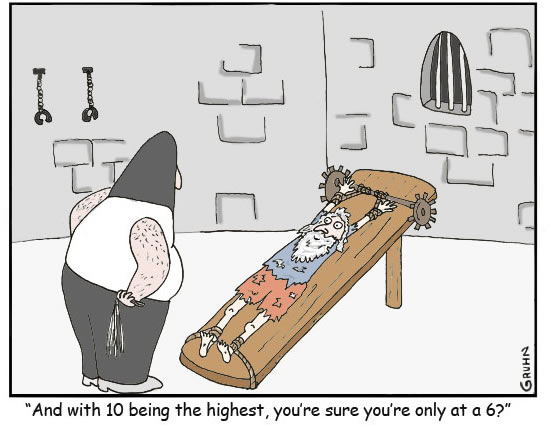
If you’re sitting at home suffering with pain in your back, hip and the outer side of your leg, you might be searching on those symptoms or talking to friends and relatives who may suggest you’re suffering from sciatica. But what actually is that and is it in itself a diagnosis?
The term sciatica (phonetically pronounced – with emphasis on the bold text as sci-at-ick-er) is named from the sciatic nerve which is the largest single nerve in the human body. It starts either side of the lower spine when smaller nerves exiting the spine form together into the bigger sciatic nerve, as wide as an adult thumb. It then runs right through the buttock, fairly deeply, into the back of the thigh and down behind the knee. There it separates into the tibial nerve and common peroneal nerve which continue down the leg all the way into the foot and down to the toes. As you might expect, such a dominant and large nerve, plays a critical role in movement connecting the spinal cord with muscles in the leg and foot.
A variety of conditions in the lower back can irritate the sciatic nerve and cause pain to radiate along that nerve. This can be hugely debilitating and unpleasant for the sufferer as it presents as pain in a variety of ways and with various levels of intensity.
Sciatica sufferers describe the following key symptoms:
- a dull ache in the lower back and buttocks
- stabbing, throbbing, shooting or burning pain
- tingling, numbness, pins and needles
- weakness in the legs and foot
In fact, a combination of all these painful sensations is often felt in the buttocks, back of the legs, feet and toes. The pain often starts in the lower back and radiates down the buttock, following the path of the sciatic nerve into just one leg rather than both.
Sciatica is also usually experienced more intensely on sitting or standing and generally feels better by walking movement or lying down to relieve the pressure. Symptoms can be experienced more acutely through stepping up or down stairs, uneven surfaces and involuntary movements. A sneezing fit or bout of coughing can wrack the body with intense pain.
In fact, sciatica is actually a way of describing what is happening to the body in pain from an irritated sciatic nerve. In that sense, it is a symptom rather than a diagnosis in itself, as the cause of the pain may be unknown and frequently harder to diagnose. Most GPs may mention sciatica in response to the symptoms described and acknowledge that it is clearly caused by some form of pinching or compression to the sciatic nerve at the lumbar segment.
Left untreated sciatica is said to calm itself and can get better within 4 to 6 weeks, although anecdotal evidence doesn’t tend to support that recovery is permanent. Many sufferers tell of repeated flare-ups, finding their own ways to relieve pain and speed recovery which we will discuss in future articles here along with possible root causes of that sciatic pain. Do subscribe to find out more…
Next week: The truth on sciatica treatments; what your GP will offer and what they’ll fail to mention!
(subscribe using the form below and never miss a weekly article)
